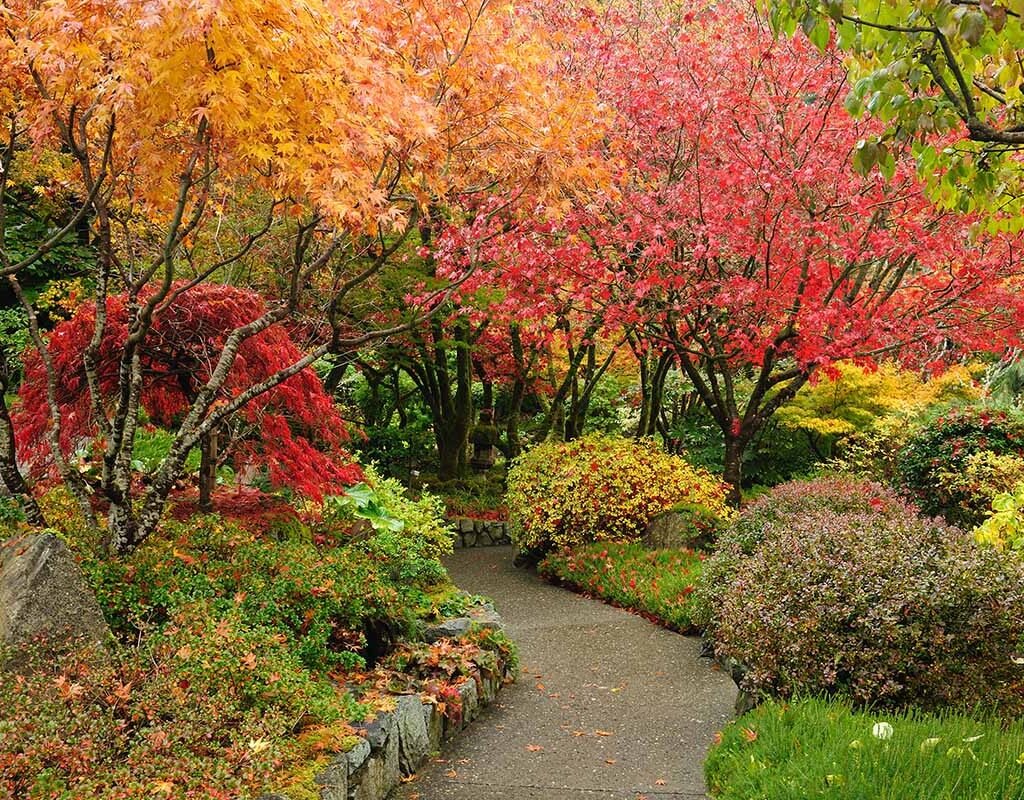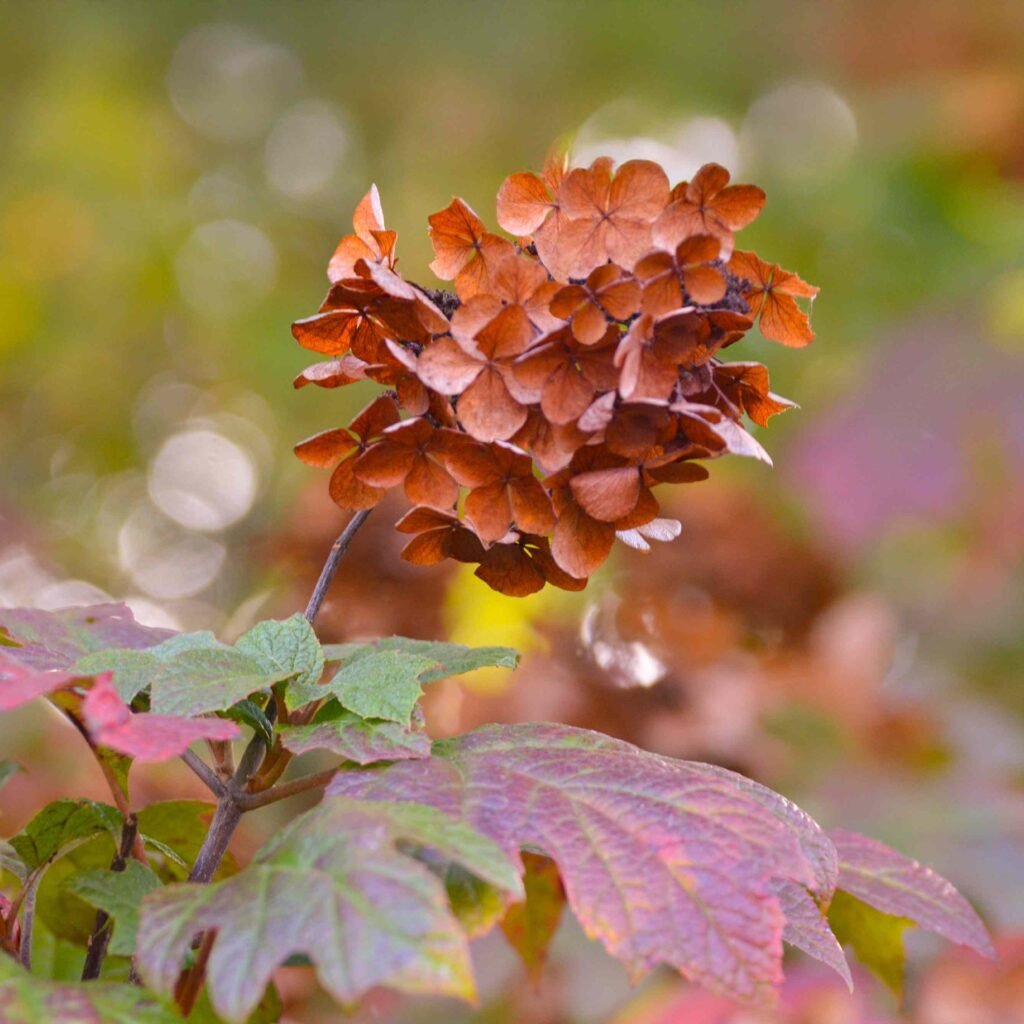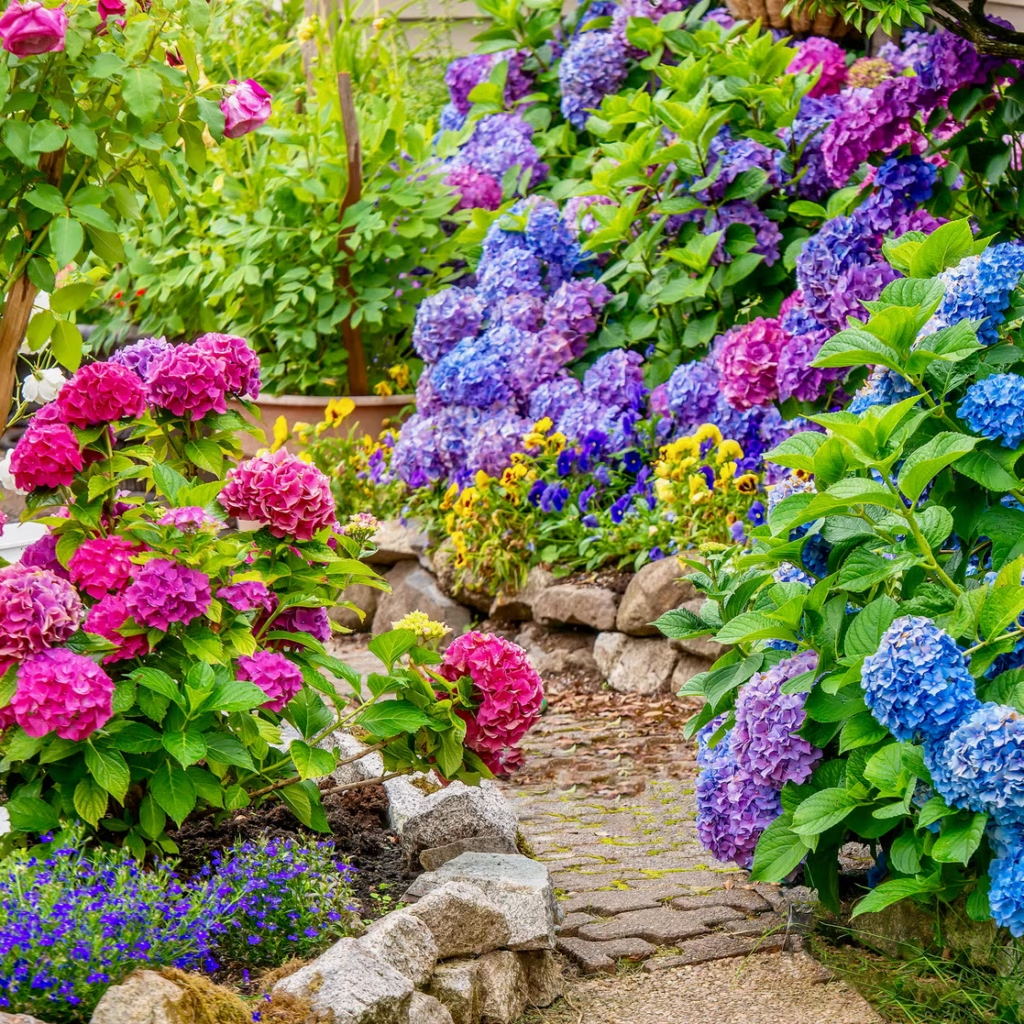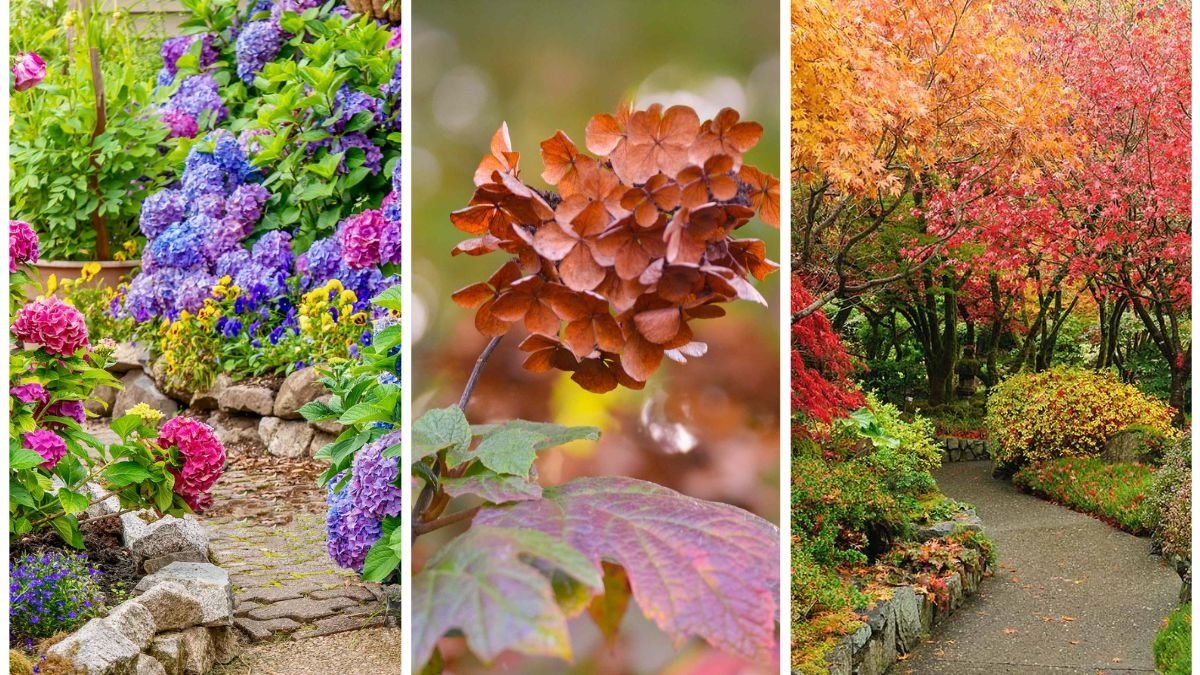As the days grow shorter and the air turns crisp, gardens and landscapes undergo one of the most visually enchanting transformations of the year. Fall is a season known for its vibrant palette of reds, oranges, yellows, and purples — a true celebration of nature’s cyclical beauty. While many gardeners focus on trees for fall color, shrubs often provide equally stunning hues, offering a diverse range of textures, forms, and colors that can dramatically enhance any outdoor space.
In this article, we explore five shrubs that are renowned for their breathtaking fall foliage. These shrubs not only bring vibrant color but also add structure and interest to gardens well beyond the typical growing season. Whether you’re an avid gardener or a landscape designer, these shrubs are must-haves for creating a striking fall garden display.
1. Burning Bush (Euonymus alatus)

Overview
The Burning Bush is arguably one of the most iconic fall-color shrubs in temperate regions, especially in North America. Its name aptly describes its spectacular show of bright red foliage in autumn, which can transform a dull landscape into a blazing canvas of fiery hues.
Fall Color and Features
During the fall, the green leaves of the Burning Bush turn vivid shades of red and crimson, making the shrub a standout feature in any garden. The leaves usually hold their color well into late fall, providing lasting visual appeal. Beyond its stunning foliage, the Burning Bush has a compact, rounded form that makes it excellent for borders or foundation plantings.
Growing Conditions
Burning Bush is highly adaptable, thriving in full sun to partial shade. It prefers well-drained soil but tolerates a variety of soil types, including clay and sandy soils. Its drought tolerance and low maintenance requirements make it a popular choice among gardeners.
Considerations
One important note: Euonymus alatus is considered invasive in some regions of the United States, so check local regulations before planting.
2. Witch Hazel (Hamamelis virginiana)

Overview
Witch Hazel is a multi-season shrub that deserves more attention for its spectacular fall display. Known for its fragrant, spidery flowers in late fall or early winter, it also offers dramatic fall foliage that varies from yellow to orange and sometimes bright red.
Fall Color and Features
The leaves of Witch Hazel turn a brilliant yellow to golden orange before dropping. This transition adds warmth and brightness to fall landscapes. Additionally, the shrub’s unique flower structure and timing offer color and interest when most other plants are dormant, extending the garden’s visual appeal.
Growing Conditions
Witch Hazel thrives best in full sun to partial shade and prefers moist, well-drained acidic soils. It is relatively disease-resistant and deer-tolerant, making it ideal for woodland gardens and naturalized landscapes.
Additional Benefits
Besides its ornamental value, Witch Hazel has medicinal properties and has been used traditionally for skin treatments, adding a historical and practical dimension to its appeal.
3. Japanese Barberry (Berberis thunbergii)

Overview
Japanese Barberry is a versatile shrub widely appreciated for its vibrant fall color and thorny texture, which also makes it a natural barrier or hedge.
Fall Color and Features
In the fall, its foliage transforms into fiery reds, oranges, and sometimes purples, depending on the variety. The colorful leaves are often complemented by bright red berries, which persist into winter and attract birds. This dual display of leaves and fruit adds multi-season interest to the landscape.
Growing Conditions
Japanese Barberry grows best in full sun to partial shade and adapts well to a variety of soil types, including poor and dry soils. Its hardy nature and resistance to deer and drought contribute to its popularity.
Considerations
Like the Burning Bush, Japanese Barberry is invasive in some areas, so it’s important to confirm its status with local environmental agencies before planting.
4. Ninebark (Physocarpus opulifolius)

Overview
Ninebark is a rugged, native North American shrub that boasts a beautiful display of colorful foliage, interesting bark, and delicate flowers, making it an excellent choice for fall interest.
Fall Color and Features
Its leaves shift from green to rich shades of red, burgundy, and purple, depending on the cultivar, providing a dramatic color contrast in the fall garden. Ninebark’s exfoliating bark adds winter interest once the leaves drop, and its clusters of white to pink flowers in late spring add additional seasonal appeal.
Growing Conditions
Ninebark prefers full sun but tolerates partial shade and grows well in a wide range of soils, including poor and dry sites. It is also highly resistant to pests and diseases, making it a low-maintenance choice.
Landscape Uses
Because of its dense branching and attractive appearance, Ninebark is often used as a privacy screen, windbreak, or ornamental focal point.
5. Sweetspire (Itea virginica)

Overview
Sweetspire is a less commonly known shrub but one that truly shines in fall with its vibrant color and fragrant flowers. It’s a deciduous shrub native to the southeastern United States.
Fall Color and Features
The leaves of Sweetspire turn brilliant red, orange, and yellow in autumn, creating a stunning visual impact. In spring and early summer, it produces cascading spikes of fragrant white flowers, attracting pollinators and enhancing garden biodiversity.
Growing Conditions
Sweetspire grows best in moist, well-drained soils but tolerates wet conditions, making it ideal for rain gardens or areas near water features. It prefers full sun to partial shade and is deer-resistant.
Additional Benefits
Sweetspire’s ability to thrive in moist conditions, combined with its colorful fall foliage and fragrant blooms, make it a valuable addition to diverse garden settings, from formal landscapes to naturalized woodland gardens.
Conclusion
Fall color isn’t just about trees — shrubs play a crucial role in adding texture, depth, and vibrant hues to autumn landscapes. The Burning Bush, Witch Hazel, Japanese Barberry, Ninebark, and Sweetspire each offer unique and stunning fall colors, making them ideal choices for gardeners looking to enhance their gardens with seasonal brilliance.
When selecting shrubs for fall color, consider your climate, soil conditions, and local environmental regulations to ensure you choose plants that will thrive and enhance your garden sustainably. With the right choices, your garden can become a spectacular display of fiery reds, golden yellows, and rich oranges that brighten the autumn months and delight every visitor.

Leave A Comment